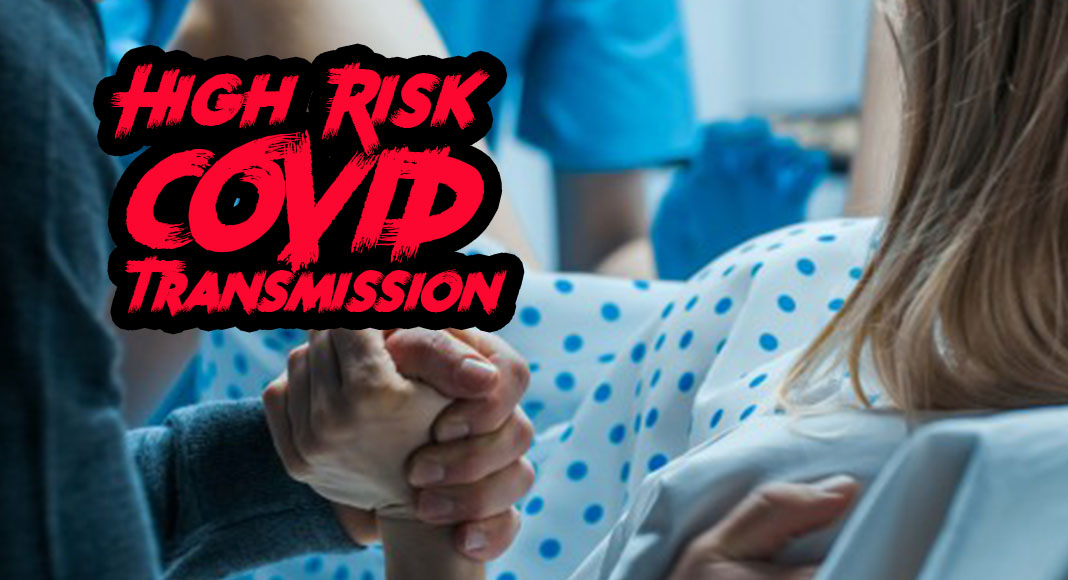
Mega Doctor News
By University of California, Los Angeles (UCLA), Health Science
Newswise — Some medical procedures can put health care workers at higher risk for contracting COVID-19 and other respiratory diseases. With these high-risk procedures, it’s important that health care providers have access to personal protective equipment (PPE), including N95 masks. However, not all procedures that may seem high risk have that designation.
Vaginal delivery, for example, is not currently considered a high-risk or aerosol-generating procedure by the World Health Organization and Centers for Disease Control and Prevention. As a result, N95 masks are not currently recommended for health care workers in all labor and delivery health care settings.
A new UCLA-led study published in Obstetrics & Gynecology involving faculty at UCLA Health’s Department of Obstetrics and Gynecology and the Department of Mechanical and Aerospace Engineering (MAE) in the UCLA Samueli School of Engineering reveals that respiratory emissions produced during the labor and vaginal delivery process can increase the risk of respiratory disease transmission.
This is the first study to show data describing respiratory emissions during labor and delivery and how these emissions can travel faster and potentially farther than even a simple cough.
Dr. Rashmi Rao, assistant clinical professor of obstetrics-gynecology at the David Geffen School of Medicine at UCLA and corresponding author of the study, discussed the study and its implications on supporting PPE requirements for labor and delivery staff.
What makes vaginal delivery a high-risk setting for health care providers?
The act of labor and vaginal delivery involves heavy breathing and repeated Valsalva maneuvers, a breathing and pushing technique used in the second stage of labor that creates increased emission of respiratory particles. These particles travel far and with great speed and remain suspended in the air. During active labor, complex gas clouds (respiratory emissions that contain gases and particles) can travel at a mean speed of 1.8 meters per second, which is about 30% faster than a gas cloud travels during normal breathing and at least 6% faster than gas clouds produced when coughing.
How were you able to measure patients’ respiratory emissions?
Colleagues in the UCLA Samueli Mechanical and Aerospace Engineering Department studied respiratory emissions using Background-Oriented Schlieren imaging, which is a technique that makes the flow of invisible warm gases and cooler surrounding air visible. Patient breath was shown to become progressively faster as the patient progressed from early labor to Valsalva and more vigorous breathing during the second stage of labor.
How can these results be used to change PPE protocols in the delivery room?
This study can be used as support that all labor and delivery units should provide full PPE (with N95 masks) for their staff by encouraging the designation of vaginal delivery as a high-risk and potentially aerosol-generating procedure.
The results underscore the importance of providing appropriate PPE for health care workers in the field of obstetrics and gynecology, specifically when caring for suspected or confirmed COVID-19 patients.
What is the next stage of research?
The research shows how quickly and far the respiratory particles produced during labor and delivery can travel. In the next stage of research, we want to demonstrate that aerosols, which are infectious viral particles that can float or drift around in the air, are in fact present in these respiratory emissions.













